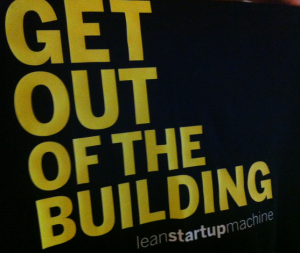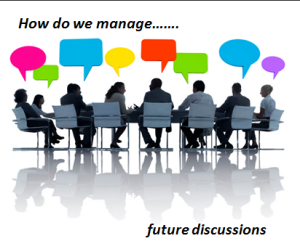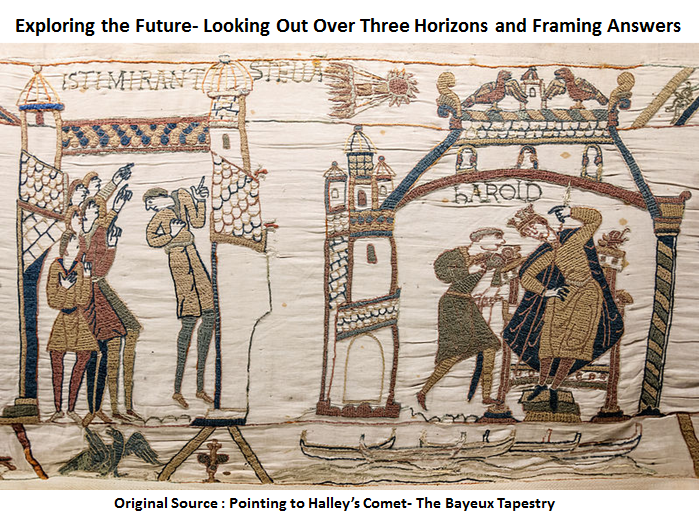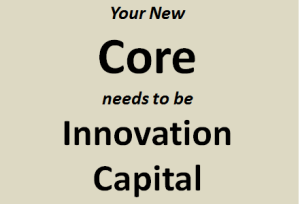 Since early September I have been significantly focused on researching, relating and renewing my understanding of Business Ecosystems, Platforms and then what led into the power and need of improving customer end experience. This came about from having some evolving conversations with my ‘old’ sparring partner Jeffrey Phillips, over at Ovo Innovation. He nicely moved the ecosystem discussion towards capitalizing on a final outcome: achieving seamless customer experiences and our thinking began to really take off.
Since early September I have been significantly focused on researching, relating and renewing my understanding of Business Ecosystems, Platforms and then what led into the power and need of improving customer end experience. This came about from having some evolving conversations with my ‘old’ sparring partner Jeffrey Phillips, over at Ovo Innovation. He nicely moved the ecosystem discussion towards capitalizing on a final outcome: achieving seamless customer experiences and our thinking began to really take off.
Jeffrey Phillips and I have collaborated around different innovation thinking for some years and in a late August discussion over Skype, we realized that what was emerging from our usual exchanges and insights was that the area of Innovation within Ecosystems was gathering pace and what did that mean for innovation in future business and practice implications.
We both have some shared as well as some different views on how this would shape up for the future. As usual in these discussions, we agreed to think about a potential collaboration on this by exchanging some opening thoughts in written exchanges. Those quickly took hold and we realized our need and the greater need was to explore and exploit the key themes of ecosystems, platforms and customer experience far more.
Intersections allow access; they open us up to new possibilities.








